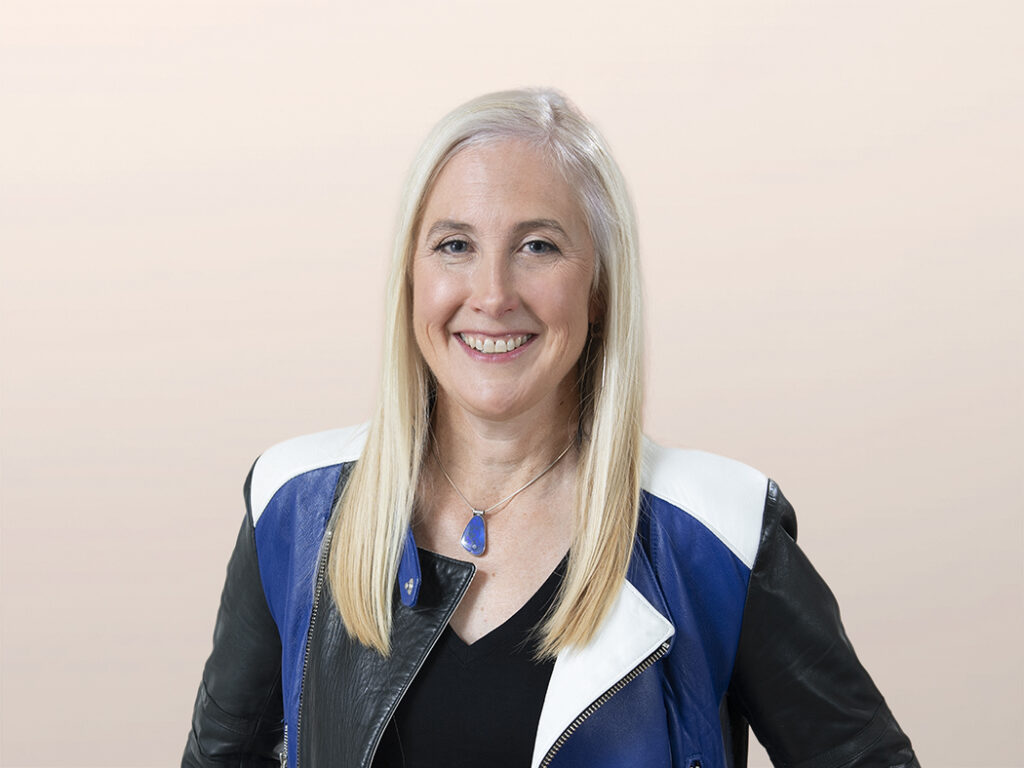Mobile Predictions: The Game Will Change in 2015
Mobile reached a tipping point in 2014 as it solidified its position as one of the most disruptive technologies for businesses in decades. Not since the advent of the Internet, has a technology forced businesses to rethink completely how they win, serve and retain customers. Mobile has completely shifted consumer expectations. Today, consumers expect to get anything they need immediately, in context. Forrester refers to this as the mobile mind shift.
Forrester believes that, in 2015, the gap will increase between leaders and laggards. Leaders will use mobile to transform both their customer experience and their business. They will anticipate the needs of their customers and engage them at exactly the right moment with the right content and services. Forrester refers to these moments as mobile moments. Doing so will require massive spending in the tens if not hundreds of millions of dollars to put the infrastructure, technology, processes and organization in place to engage consumers in their mobile moments.
Most companies will fall short. They have a myopic view of mobile. Why?
- Treat mobile has a squeezed down version of a PC experience or a portion of their digital strategy. Why? That is how they are organized and goaled. As a result, they fail to optimize the use of mobile for their overall business. Second, they fail to serve the needs of customers.
- Act like a destination. They expect all consumers to download their app or visit their mobile web site. Truth is, few consumers download apps for brands unless they engage with the brand frequently. Few apps have enough unique services to draw all of their customers in. Brands must borrow mobile moments and engage with consumers where they are whether on 3rd party maps, wallets or instant messaging apps.
- Rely solely on an app and website to serve consumers. The vast majority of interactions on mobile are glanceable interactions. Apps are overkill for these interactions or what Forrester calls micro (mobile moments). Companies incorporate tactics from messaging to audio to haptic signals.
In 2015, leaders will embrace mobile to do new things. Together, with my colleague Thomas Husson, we expect new mobile trends to shape the market in 2015. In particular, we predict that:
- Use mobile to transform their business model. Mobile will both change the cost structure and revenue models for businesses. The opportunities are vast, but here are a few examples. On the cost side, mobile will streamline processes. Field service and sales personnel will use apps to file claims, get assignments or make sales. On the sales side, in-app purchases (e.g., $4.99 for an EKG interpretation from a cardiologist through AliveCor) or usage-based sales (e.g., Progressive Insurance, Merck) will create net new sources of revenue.
- Build an ecosystem of partners to engage consumers. Consumers spend most of their time on mobile phones in apps. They spend the majority of that time in relatively few apps. Each brand cannot expect every consumer to download its app. They must go engage consumers where they are. For example, a consumer can check the status of a United flight on TripIt. Here, United Airlines borrows a mobile moment from TripIt. Or, the same consumer can book a ride with Uber on the United app. In this case, United lends a mobile moment to Uber.
For more on our mobile predictions, download my report and check out our Predictions 2015 page for all our predictions, including others on mobile.
